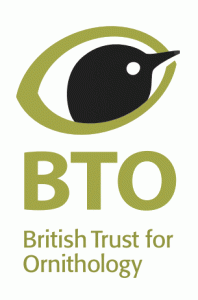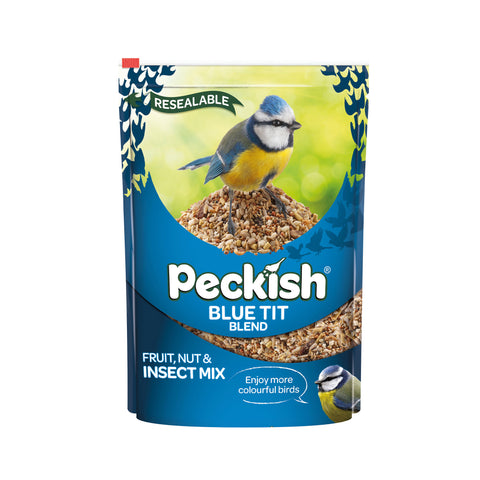Blue Tits, with their enchanting blue and green plumage, are beloved visitors to gardens across the UK. Their charming appearance, characterized by a mostly white face and vibrant yellow underparts, makes them a delightful sight for birdwatchers. Notably, distinguishing between male and female Blue Tits based on appearance alone is a challenging task, as both sexes exhibit similar plumage characteristics. These adaptable birds are frequent occupants of nest boxes in gardens, where they often raise surprisingly large broods of chicks. It's not uncommon for a single Blue Tit pair to produce over 10 fledglings in a single breeding season.

Locations
Blue Tits can be observed in most areas of the UK
Habitat
Blue Tits can be found in a wide range of environments, from expansive woodlands to urban gardens and parks. Their versatile nature allows them to thrive in diverse landscapes, provided there is an adequate supply of food and suitable nesting sites. Gardens, with their abundance of trees, shrubs, and supplementary food sources, offer ideal conditions for Blue Tits to establish territories and raise their young.
Diet
Their diet consists primarily of insects, seeds, and fruits, making them important contributors to pest control and seed dispersal within their ecosystems.
Food we recommend
Breeding
The Blue Tit breeding season takes place between March and July. Nests are made of moss, grass, hair and feathers and are usually located in a tree hollow or a nest box. They usually lay one brood containing 1-10 eggs, which are white with small brown/red blotches. The incubation period is 13-15 days.

BTO Facts
According to Garden BirdWatch data, which has been collected since 1995, they are most frequently seen in gardens during January, in around 94% of gardens. Blue Tit numbers have declined slightly in gardens since Garden BirdWatch began. However, it is clear that supplementary feeding in gardens and the provision of nestboxes has benefited the British breeding population.





